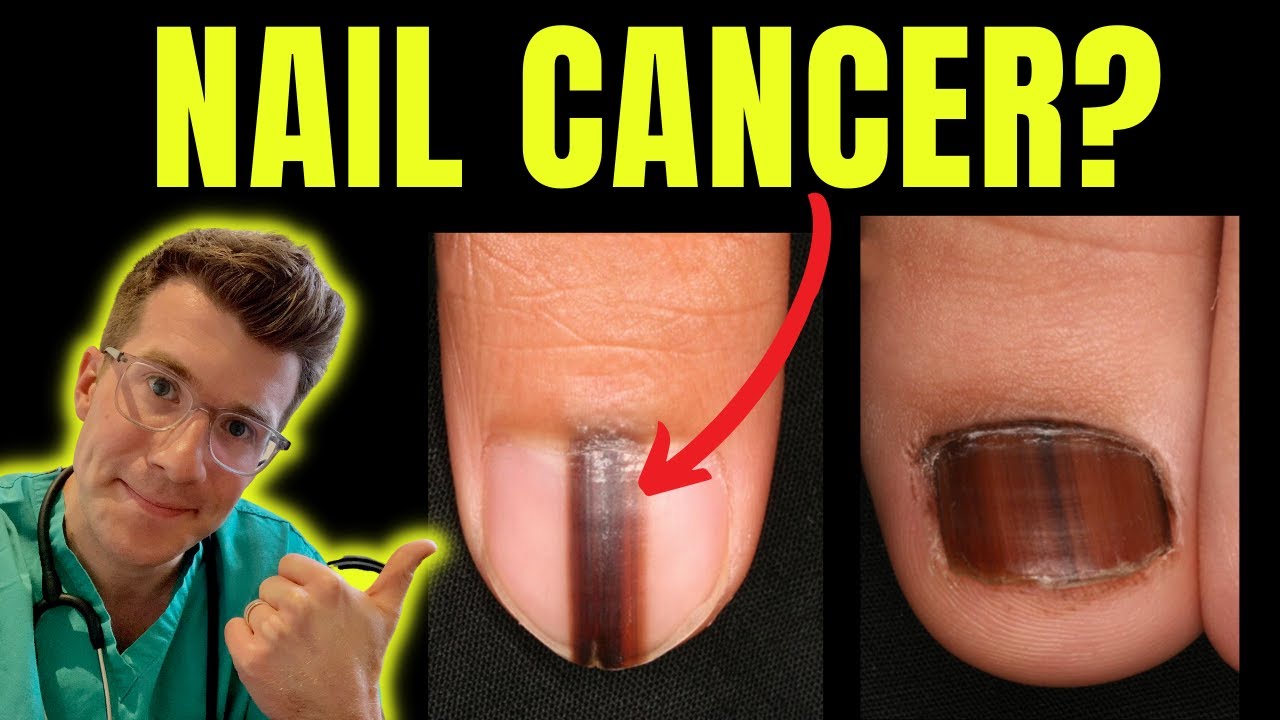Nail Cancer: Recognizing the Hidden Threat to Your Nails
In a world where skin cancer takes center stage, there’s a lesser-known adversary that deserves our attention – nail cancer. This introduction aims to shed light on the critical issue of nail cancer, helping you understand its significance and the importance of early detection.
What Is Nail Cancer?

Nail cancer may sound like an anomaly, but it’s a real and often overlooked danger. Let’s unravel the mystery surrounding nail cancer, delving into its uncommon occurrence and why staying informed is essential.
Types of Nail Cancer
Nail cancer isn’t a one-size-fits-all diagnosis. Just as with skin cancer, different types warrant unique attention. In this section, we’ll navigate the intricate landscape of nail cancer types, understanding their characteristics and prevalence.
Nail Cancer Causes and Risk Factors
Understanding the potential causes and risk factors of nail cancer is crucial. In this section, we’ll shed light on the triggers that can lead to nail cancer, including environmental factors and genetic predispositions. Knowledge is power in reducing your risk
Symptoms and Warning Signs
Recognizing the early signs of nail cancer is the first step in early detection. We’ll dive deep into the symptoms and warning signs, using natural language to describe how nail abnormalities may manifest. Stay vigilant, as your nails may be sending you crucial messages.
Diagnosis and Screening
Early detection is a game-changer when it comes to nail cancer. In this section, we’ll explain how nail cancer is diagnosed, typically through a biopsy, and stress the importance of regular dermatological check-ups. Your proactive approach to health matters.
Prevention and Protection
Prevention is always better than cure. Here, we’ll provide readers with practical tips for preventing nail cancer, such as wearing sunscreen on nails and practicing good nail care habits. Emphasize the importance of self-examinations and staying informed.
FAQs to the topic of nail cancer:
1. FAQ: Is nail cancer common?
Answer: No, nail cancer is rare. It accounts for a small percentage of all skin cancer cases.
2. FAQ: Can nail cancer affect both fingernails and toenails?
Answer: Yes, nail cancer can develop in both fingernails and toenails.
3. FAQ: What are the early signs of nail cancer?
Answer: Early signs may include changes in nail color, the appearance of dark streaks, or unusual growth patterns.
4. FAQ: Is nail cancer hereditary?
Answer: While genetics may play a role in some cases, nail cancer is often associated with environmental factors, such as UV exposure.
5. FAQ: Are there any age restrictions for developing nail cancer?
Answer: Nail cancer can affect individuals of all ages, but it is more commonly seen in older adults.
6. FAQ: Can nail cancer spread to other parts of the body?
Answer: Yes, in some cases, nail cancer can spread to nearby tissues or lymph nodes if not detected and treated early.
7. FAQ: Can nail cancer be mistaken for a fungal infection?
Answer: Yes, nail cancer symptoms can sometimes be similar to those of fungal infections. It’s essential to consult a healthcare professional for an accurate diagnosis.
8. FAQ: How is nail cancer typically treated?
Answer: Treatment options for nail cancer may include surgery to remove the affected nail or surrounding tissue, chemotherapy, or radiation therapy.
9. FAQ: What can I do to prevent nail cancer?
Answer: Prevention strategies include protecting nails from UV exposure, avoiding tobacco use, and practicing good nail hygiene.
10. FAQ: Can nail cancer be cured if detected early?
Answer: Yes, nail cancer has a higher chance of successful treatment if detected in its early stages. Regular check–ups with a dermatologist are crucial for early detection and intervention.
Conclusion
Summarize the key takeaways about nail cancer, its risks, symptoms, and prevention strategies. Encourage readers to prioritize their nail health, seek medical attention for concerning changes, and stay proactive in their approach to health.




